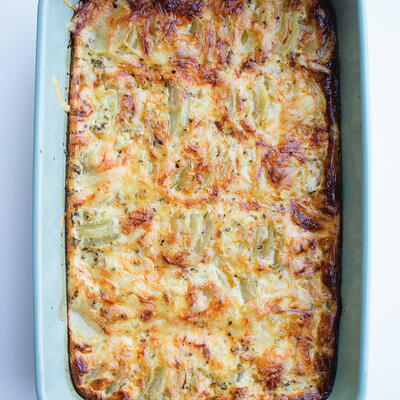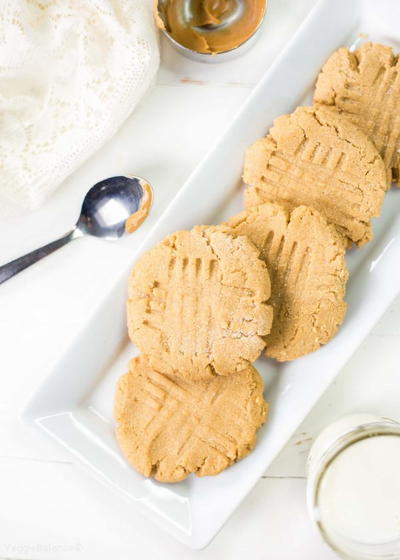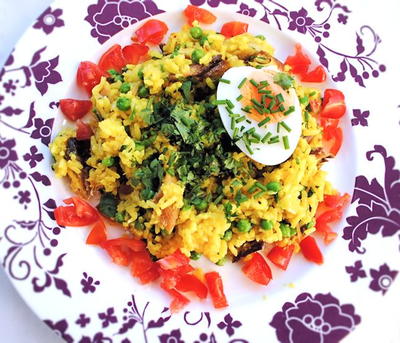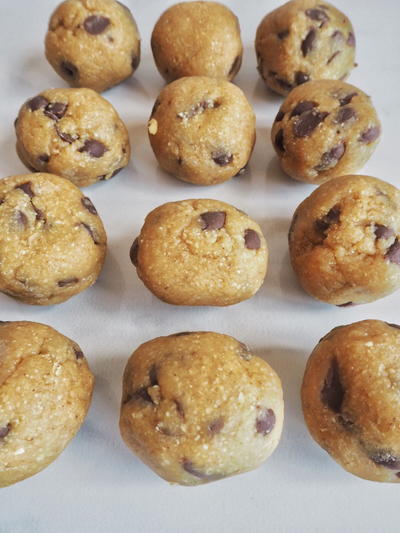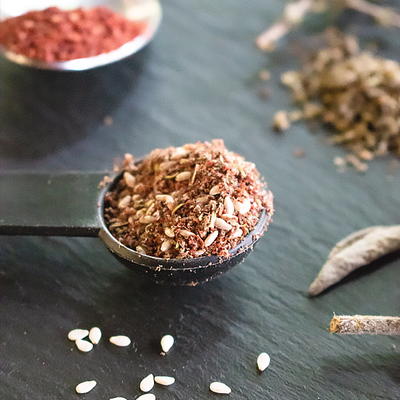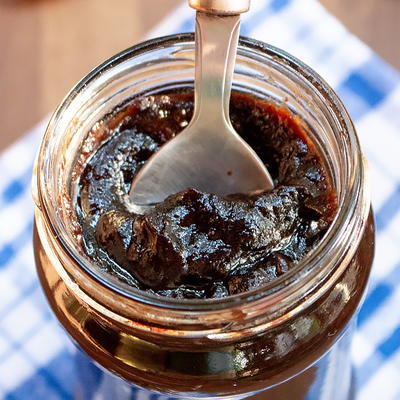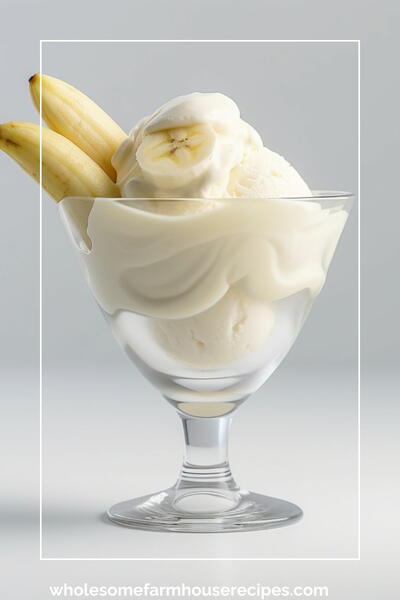What to Eat/What Not To Eat: Japanese Restaurants
Japanese food is my favorite kind of food and can be very healthy. In fact, residents of the Japanese island of Okinawa are said to have the longest lifespan of anywhere in the world largely because of their healthy diets of fish, soy and fresh produce. You too can follow the Okinawa Diet. When going to Japanese restaurants, here are some things to keep in mind to keep you on track for your own weight loss goals.
What to Eat
- Edamame- Edamame is a super health food and a great way to begin a lighter meal.
- Miso- This soy-based soup with tofu and nori (seaweed) is delicious, light and very good for you.
- Maki (sushi rolls), Nigiri (sushi served secured on clumps of rice), Sashimi (raw cuts of fish served alone)- All these options are great ways to enjoy fresh raw fish at Japanese restaurants. Try salmon and tuna for more mainstream tastes or aji (mackerel) for something a bit more fun. If you’d prefer not to eat raw, shrimp, crab and eel are all served cooked in these forms.
- Brown rice- Often available at Japanese restaurants, this will give you a bit more fiber with your meal.
What Not to Eat
- Tempura- A maki (sushi roll) with tempura or anything labeled with tempura means fried. Tempura items (often shrimp, fish or vegetables) are generally fried in the Japanese form of breadcrumbs known as panko. Panko does absorb less grease than most Western forms of breading, but still adds more calories.
- Westernized Maki-Westernized sushi rolls such as the Philadelphia roll, which contains cream cheese, often include high-calorie and fattening foods. I’ve even seen Fried Chicken!
- Spicy Sauce- Be careful as these sauces are often made with mayo. A popular roll is to mix soft-shell crab with this spicy mayo sauce (often called the spider roll). Avoid rolls made with mayo or ask for your sauce on the side.
- Teriyaki- If you don’t like fish, chicken teriyaki is a good choice at Japanese restaurants. Salmon teriyaki is common and full of those beneficial Omega-3s. Because teriyaki sauce is often heavily sweetened and oily, just ask for the sauce on the side and use a few tablespoons with your meal.
Read NextKedgeree with Smoked Mackerel


